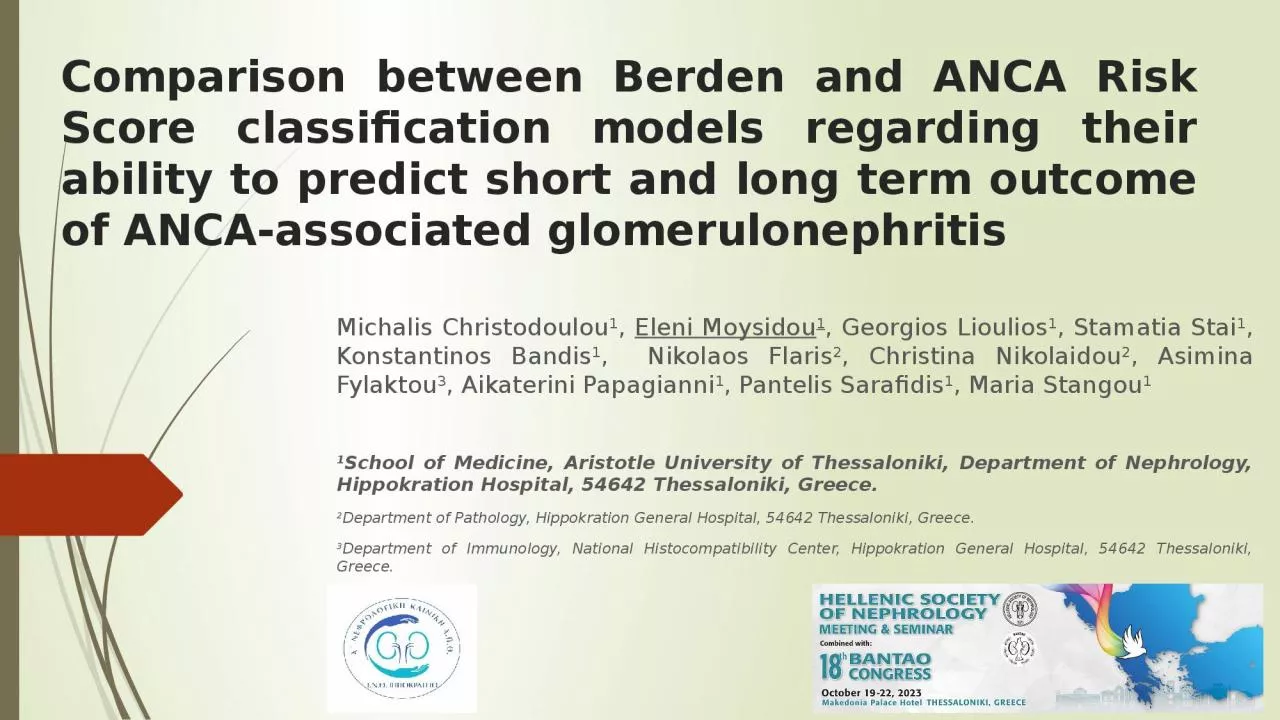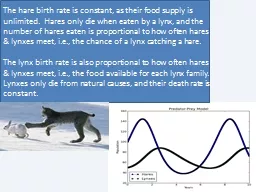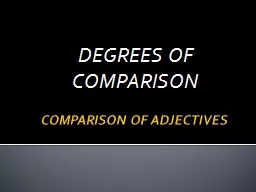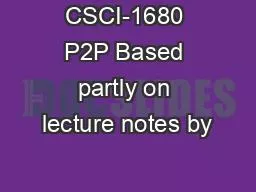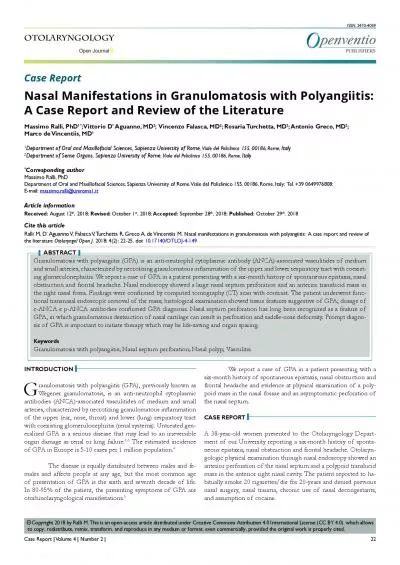PPT-Comparison between Berden and ANCA Risk Score classification models regarding their ability
Author : roy | Published Date : 2024-03-13
Michalis Christodoulou 1 Eleni Moysidou 1 Georgios Lioulios 1 Stamatia Stai 1 Konstantinos Bandis 1 Nikolaos Flaris 2 Christina Nikolaidou 2 Asimina Fylaktou
Presentation Embed Code
Download Presentation
Download Presentation The PPT/PDF document "Comparison between Berden and ANCA Risk ..." is the property of its rightful owner. Permission is granted to download and print the materials on this website for personal, non-commercial use only, and to display it on your personal computer provided you do not modify the materials and that you retain all copyright notices contained in the materials. By downloading content from our website, you accept the terms of this agreement.
Comparison between Berden and ANCA Risk Score classification models regarding their ability: Transcript
Download Rules Of Document
"Comparison between Berden and ANCA Risk Score classification models regarding their ability"The content belongs to its owner. You may download and print it for personal use, without modification, and keep all copyright notices. By downloading, you agree to these terms.
Related Documents

